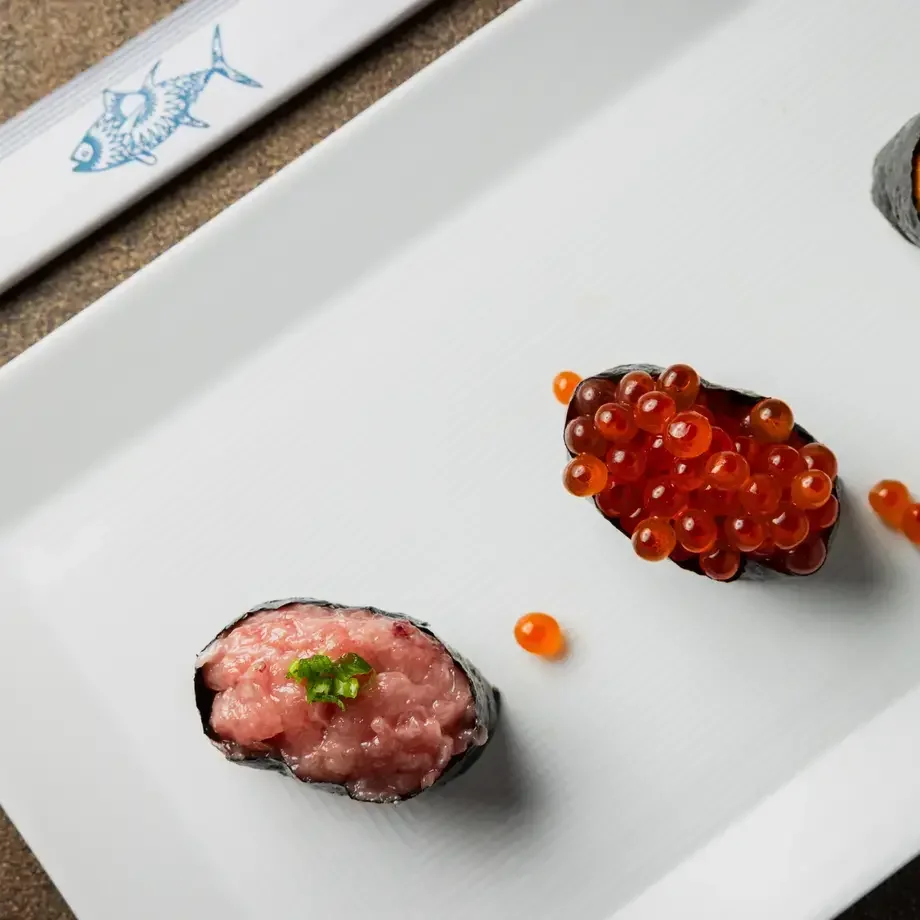We often attribute the name of radicchio salad to any type of red salad with elongated leaves we happen to see on the vegetable counter.
In actual fact, there are many different varieties of radicchio but today we shall be dealing with the most noble of all, the late-growing Treviso radicchio salad PGI (Protected Geographical Indication).
What Treviso radicchio PGI is and where it grows
The term radicchio salad refers to a type of vegetable belonging to the chicory family, which can be traced back as far as the late 1500s. Late-growing Treviso radicchio is a highly valued and expensive product (priced on average from 6 to 10 Euro per kg), but when you realise the amount of work that goes into its production, you will understand why.
Only the variety that comes from one of the 24 municipal districts of the specified region that spreads over the Italian provinces of Treviso, Padua and Venice may be called authentic late-growing red Treviso radicchio. Compared to the “early-growing” variety, it is less bitter, crisper and its leaves are more spear-shaped.









